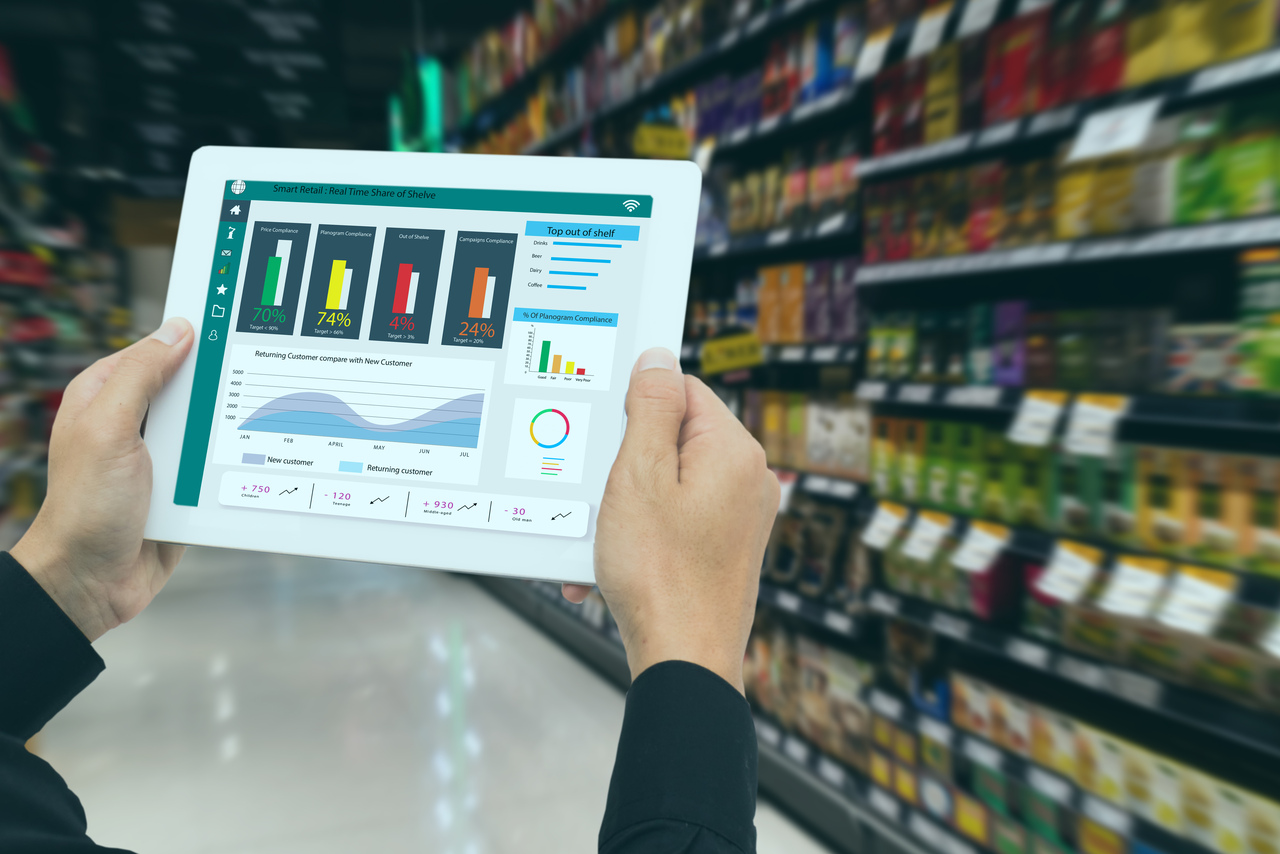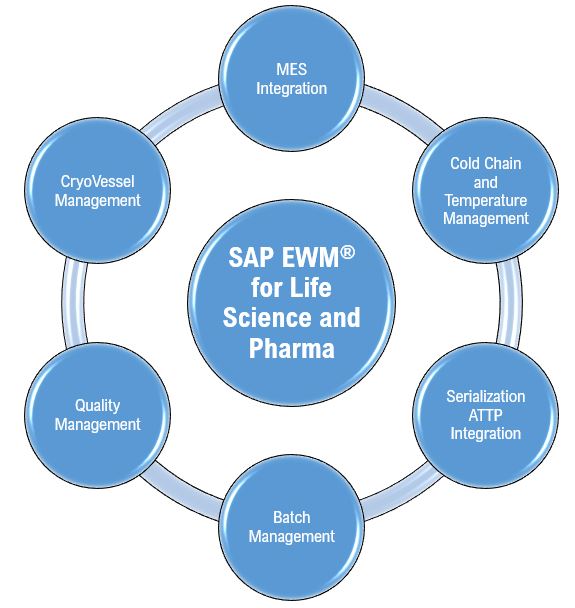Achieving Net-Zero emissions is no longer a distant aspiration in reshaping the manufacturing landscape but a rapidly solidifying global mandate. Manufacturing firms are diligently focusing on customization, collaboration and sustainability as a core driving principle, fabrics with human centric smart work environment.
For manufacturing, the journey to Net-Zero is multi-layered, encompassing everything from the energy consumed in production and the materials utilized in products to the emissions generated throughout the supply chain and the end-of-life management of goods. This transformation necessitates a departure from “get-construct-use-dispose” models towards more sustainable, closed-loop systems. It requires leveraging the power of digitalization, advanced automation, and intelligent data analytics to optimize resource utilization, minimize waste, and transition towards cleaner energy sources.
This fundamental reshaping in businesses brings both significant challenges and unprecedented opportunities for manufacturers. It unlocks pathway to create new market spaces, by offering unique value propositions with innovative technologies, embed sustainability at the very core of their operations and product lifecycles, building a stronger brand reputation, to meet the demands of a conscious global market.
Net-Zero based manufacturing trend, with software driven system, advanced automation and product life cycle management (PLM) is a strategic approach that manages all the information and processes related to a product or solution throughout its entire lifecycle – from initial conception and design to its manufacturing, service till the end-of life of the product. It integrates people, data, processes, and business systems, providing a central platform for managing the complexities of product development and lifecycle management.
Here are PLM core functionalities:
Information Management:
· Data Management: It acts as a centralized repository, automatically manage different versions and revision of product data.
· Data Relationships: PLM maintains the relationships between different pieces of product data (e.g., a part is related to a specific BOM, a drawing is related to a specific part), providing a holistic view of the product structure.
Workflow Automation:
Process Definition and Management: PLM allows organizations to define, standardize, and automate various product-related processes, such as engineering change management, document approvals, new product introduction (NPI), and quality workflows.
Integration with Other Systems: PLM can integrate with other enterprise systems like ERP (Enterprise Resource Planning), MES (Manufacturing Execution System), IoT/ Simulation platform and CRM (Customer Relationship Management) to automate data exchange and ensure seamless information flow across the organization. By leveraging the combined data of human capital involved, organizations can build more effective teams, strategically develop employee skills, and ultimately drive innovation and achieve their business objectives.
Collaboration:
Cross-Functional Team Collaboration: PLM facilitates collaboration among different departments involved in the product lifecycle, such as engineering, manufacturing, marketing, sales, and service. It provides a platform for sharing information, discussing design issues, and coordinating activities.
Single Source of Truth: By centralizing all product information, PLM ensures that all stakeholders are working with the same, up-to-date data, reducing misunderstandings and errors caused by conflicting information.
Secure External Collaboration: PLM can enable secure collaboration with external partners, suppliers, and customers, allowing them to access relevant product information and participate in specific processes.
Call to Action:
Comprehensive re-evaluation of traditional manufacturing is needed for the companies, embracing innovative technologies, driven by intensifying climate concerns, stringent regulatory frameworks, and growing stakeholder expectations, demands a. In this direction PLM plays a vital role at the very core of the operations and product lifecycles by effectively managing product data, automating product-related workflows, and enhancing collaboration. This integration helps companies to improve operation efficiency, reduce costs, enhance product quality, increase business top-line, risk mitigation and ensure regulatory compliance. The companies that proactively embrace this transformation, embedding Net-Zero principles into their core strategies, will not only contribute to a healthier planet but also position themselves for long-term resilience and competitive advantage in the evolving industrial landscape.








